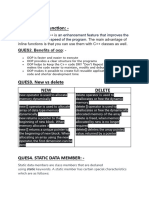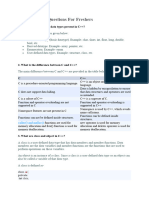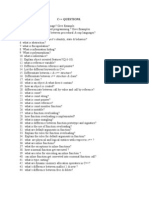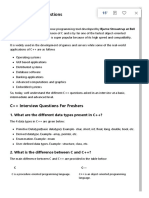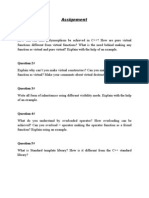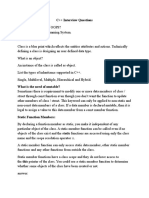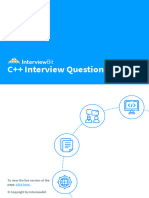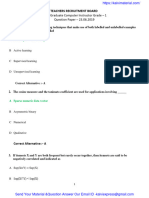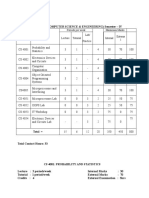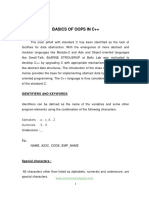0% found this document useful (0 votes)
21 views5 pagesC++ Short Questions Answers
The document provides definitions and explanations of various C++ programming concepts, including variables, recursion, destructors, and friend functions. It covers object-oriented programming principles such as inheritance, polymorphism, and abstraction, as well as data types and flow control. Additionally, it discusses the use of namespaces, iterators, and static functions in C++.
Uploaded by
valam1g0kev3Copyright
© © All Rights Reserved
We take content rights seriously. If you suspect this is your content, claim it here.
Available Formats
Download as PDF, TXT or read online on Scribd
0% found this document useful (0 votes)
21 views5 pagesC++ Short Questions Answers
The document provides definitions and explanations of various C++ programming concepts, including variables, recursion, destructors, and friend functions. It covers object-oriented programming principles such as inheritance, polymorphism, and abstraction, as well as data types and flow control. Additionally, it discusses the use of namespaces, iterators, and static functions in C++.
Uploaded by
valam1g0kev3Copyright
© © All Rights Reserved
We take content rights seriously. If you suspect this is your content, claim it here.
Available Formats
Download as PDF, TXT or read online on Scribd
/ 5







